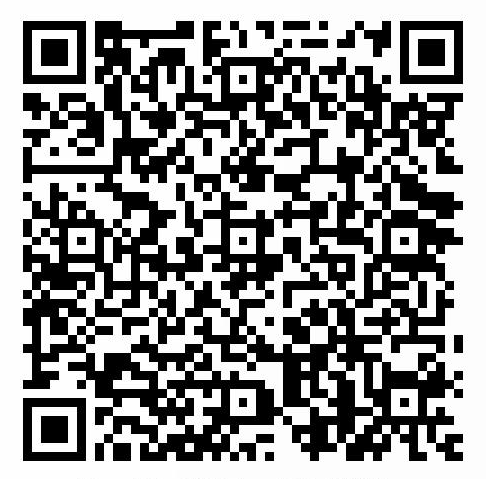 分类:
ASP.NET
分类:
ASP.NET
c# - 检查数组是否是另一个数组的子集
有关如何检查该列表是否是另一个列表的任何想法?
具体来说,我有
List t1 = new List { 1, 3, 5 };
List t2 = new List { 1, 5 };
如何使用LINQ检查t2是否为t1的子集?
Graviton asked 2019-06-08T10:23:02Z
8个解决方案
233 votes
bool isSubset = !t2.Except(t1).Any();
Cameron MacFarland answered 2019-06-08T10:23:09Z
52 votes
如果使用集合,请使用HashSet而不是List。 然后你可以简单地使用IsSubsetOf()
HashSet t1 = new HashSet{1,3,5};
HashSet t2 = new HashSet{1,5};
bool isSubset = t2.IsSubsetOf(t1);
对不起,它不使用LINQ。:-(
如果你需要使用列表,那么@Jared的解决方案可以解决你需要删除任何存在的重复元素的问题。
tvanfosson answered 2019-06-08T10:23:48Z
8 votes
如果您是单元测试,您还可以使用CollectionAssert.IsSubsetOf方法:
CollectionAssert.IsSubsetOf(subset, superset);
在上述情况下,这意味着:
CollectionAssert.IsSubsetOf(t2, t1);
Géza answered 2019-06-08T10:24:19Z
6 votes
@ Cameron的解决方案作为扩展方法:
public static bool IsSubsetOf(this IEnumerable a, IEnumerable b)
{undefined
return !a.Except(b).Any();
}
用法:
bool isSubset = t2.IsSubsetOf(t1);
(这与@ Michael博客上发布的内容类似,但不完全相同)
Neil answered 2019-06-08T10:24:52Z
4 votes
这是一个比这里发布的其他解决方案更有效的解决方案,尤其是顶级解决方案:
bool isSubset = t2.All(elem => t1.Contains(elem));
如果你能在t2中找到一个不在t1中的单个元素,那么你知道t2不是t1的子集。 与使用.Except或.Intersect的解决方案不同,这种方法的优点是它可以在所有就地完成,而无需分配额外的空间。 此外,该解决方案能够在找到违反子集条件的单个元素时立即中断,而其他元素继续搜索。 下面是解决方案的最佳长形式,在我的测试中仅比上述速记解决方案略快。
bool isSubset = true;
foreach (var element in t2) {undefined
if (!t1.Contains(element)) {undefined
isSubset = false;
break;
}
}
我对所有解决方案进行了一些基本的性能分析,结果非常激烈。 这两个解决方案比.Except()和.Intersect()解决方案快约100倍,并且不使用额外的内存。
user2325458 answered 2019-06-08T10:25:33Z
0 votes
试试这个
static bool IsSubSet(A[] set, A[] toCheck) {undefined
return set.Length == (toCheck.Intersect(set)).Count();
}
这里的想法是Intersect只返回两个数组中的值。 此时,如果结果集的长度与原始集相同,则“set”中的所有元素也处于“check”状态,因此“set”是“toCheck”的子集
注意:如果“set”具有重复项,则我的解决方案不起作用。 我不是在改变它,因为我不想偷别人的票。
提示:我投票支持Cameron的答案。
JaredPar answered 2019-06-08T10:26:14Z
0 votes
基于@Cameron和@Neil的答案,我编写了一个扩展方法,它使用与Enumerable类相同的术语。
///
/// Determines whether a sequence contains the specified elements by using the default equality comparer.
///
/// The type of the elements of source.
/// A sequence in which to locate the values.
/// The values to locate in the sequence.
/// true if the source sequence contains elements that have the specified values; otherwise, false.
public static bool ContainsAll(this IEnumerable source, IEnumerable values)
{undefined
return !values.Except(source).Any();
}
sclarke81 answered 2019-06-08T10:26:38Z
0 votes
在这里,我们检查子列表中是否存在任何元素(即t2),该列表未包含在父列表中(即t1)。如果不存在,则该列表是另一个的子集
例如:
bool isSubset = !(t2.Any(x => !t1.Contains(x)));
Lucifer answered 2019-06-08T10:27:07Z
原文链接:https://blog.csdn.net/weixin_39787594/article/details/111860167




